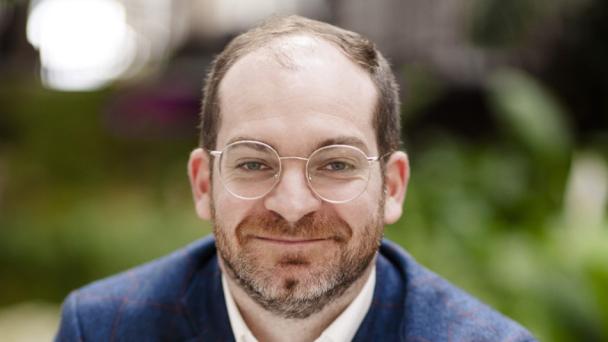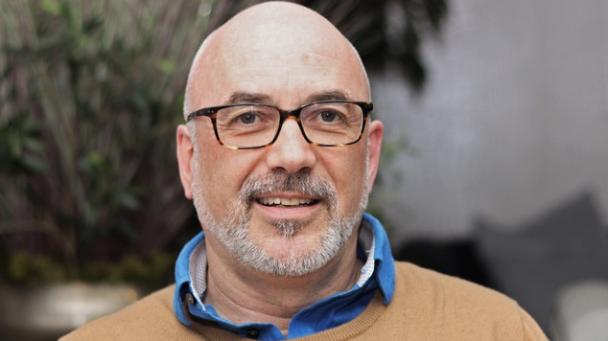Telenco is thriving in the UK fibre market as shifting altnet priorities favour suppliers that can prove flexibility and reactivity. Here, MD Clément Lesur explains why Telenco’s unique model positions it to help partners deliver connections with speed and quality.

Business model reinvention is a hot topic in the UK’s fibre provider space, and balancing the key components driving change is an immediate priority for all players in the sector, according to industry leaders at last month’s state of the full fibre market insight session hosted by Fibre Provider in association with Xantaro and Nokia.
Many altnets are facing an inflection point in their business models as the need to connect customers and increase APRU overtakes their previous focus on build. This shift provides an opportunity for altnets to ‘sit down and have a realistic conversation about priorities’, according to MS3 CEO Guy Miller. “Thinking about what customers will want in five years time and how to monetise add-ons is crucial, but we also need to think about our immediate needs – to keep funding coming in, keep the build rate up and increase customer connections,” he stated.
The early years of altnet expansion were driven by a flood of investment and characterised by a rush to get fibre in the ground. This quick start compelled business leaders to make important and impactful decisions early on, sometimes without a fully fledged team of architects around them. Ogi CEO Ben Allwright said: “Many altnets made business-critical decisions with a crystal ball view of the world. These decisions have wed them to a particular design or tied their technology to a specific vendor.”
The panellists noted that investors expected homes to go live on their networks just six-to-nine-months after money arrived. This was compounded by supply chain issues and lead times.
Nokia Customer CTO Nigel Abraham shined a light on important insights gained from his early days at the company when he looked at many of the altnet investor packs and worked to re-write some of the design rules for emerging challengers. He commented: “I see a stark difference between operators who started three or four years ago versus those who entered the market seven years ago as the architectures are very different.”
Altnet evolution
As well as early design decisions, the profile of investors will also decide how altnets evolve going into the next phase. “Investor expectation will drive decision making within the business,” highlighted FullFibre CEO James Warner. “Different investors will have different investment timeline goals. We all have funds behind us who have a horizon and they want to hit a milestone, therefore we make decisions in the business that achieve this to the best of its value creation.”
Therefore, the sector is full of operators doing the same thing but are approaching it with different operational and technical methods. Now, as the sector shifts with potential wide-scale consolidation and customer additions prioritised, altnet leaders are being forced to make decisions weighing up the costs and benefits of changing their business model. MARKET REVIEW – in association with Xantaro and Nokia The starting gun for consolidation has been fired with deals for CityFibre, nexfibre and Freedom Fibre well publicised earlier this year. During the discussion, contributors highlighted how the acquisition landscape has affected decision making throughout their company’s growth. Allwright believes the companies that are currently in the best stead are those who’ve not focused on acquisition.
He said: “An altnet’s priority should be to build the most successful business you can and if consolidation happens you will hopefully realise the value from having done that. My focus is on being profitable as quickly as possible.”
Steve Glendenning, CTO at Brsk, agreed, noting that the M&A landscape hasn’t shaped up quite as industry pundits had predicted three or four years ago, making the business plans of those who factored M&A into their roadmaps obsolete. He said: “Planning with an exit in mind can doom you to failure. Being acquired should not be a rigid part of your roadmap, it is a factor that is out of your control. You can’t control if or when it is going to happen.” He noted that the value of the business comes from the fibre in the ground and the ability to add customers to it.
However, with M&A inevitable to many, it would make sense to look at decisions and pivot points around the technology stack through this lens as a precautionary measure. Warner noted that during FullFibre’s merger with Digital Infrastructure, decisions had to be made regarding which network design to move forward with, exploring the option of maintaining both to get the benefits of exploring how both evolve. He said: “In the coming years many will have to look at changing network infrastructure to create a more efficient operating model moving forward.”
Balanced decisions
One panellist suggested a proactive system that includes running your own race but making technology and operational decisions that won’t harm the business when consolidation happens. They said: “We have a ‘no red flag rule’ that dictates that every major decision we make can’t create a red flag in due diligence. It may be that businesses that are considered as the easiest to integrate are those with the highest perceived value in the future.”
As in all industries, AI remains a poster child for both emerging technologies and potential revenue saving. At the round table, guests discussed potential use cases for AI across customer addition and balanced this with delivering immediate value.
According to Ruth Pickering, MD at UncoverAI, the UK can learn from California where network builders are exploring the uses of AI without fear. She noted: “AI and analytics can provide incredibly rich customer data that can be useful when digging down a street to harvest the socio-economic data of households and better understand your users. This can inform what areas will be most likely to take-up services but also help you be more reactive to demographics with growing internet needs, such as the effect of the pandemic on older users looking for online healthcare options.”
Miller took an alternative view on the readiness of UK altnets to explore AI. He said: “The value of business in America is far more speculative, but here we are more reliant on proof points and provable returns. Many operators simply won’t be around by the time AI begins to pay dividends.”
According to John Irvine, AI also poses a risk to altnets as it will encroach on their USP as champions of customer service. He noted that after a hyperlocal approach, exceptional customer service is his next biggest differentiator. He said: “AI may let the big brands emulate the service that we give our customers. If the technology can replicate the benefits of human interaction, then altnets will need to find new ways to take on the organisations with more resource.”
Spring Fibre Sales and Marketing Director Andrew Skipsey provided an alternative view. He stated: “The way in which an altnet deploys AI in five to ten years can be their differentiator. The possibilities it opens for personalisation and customisation will enhance your USP as an altnet.”




